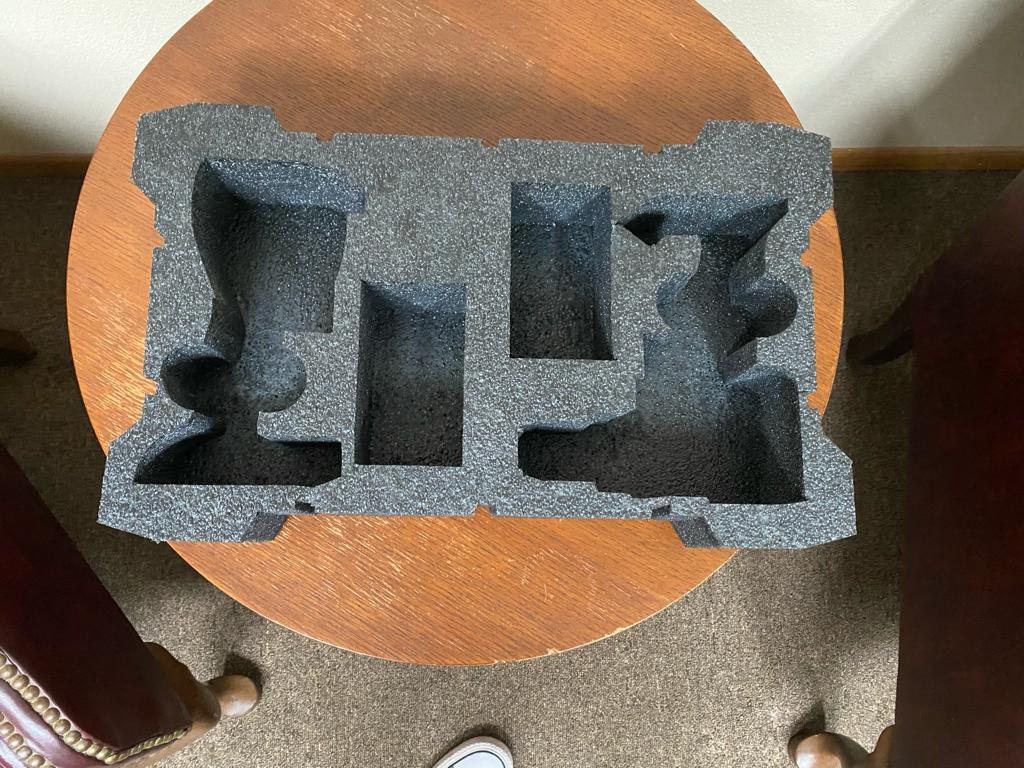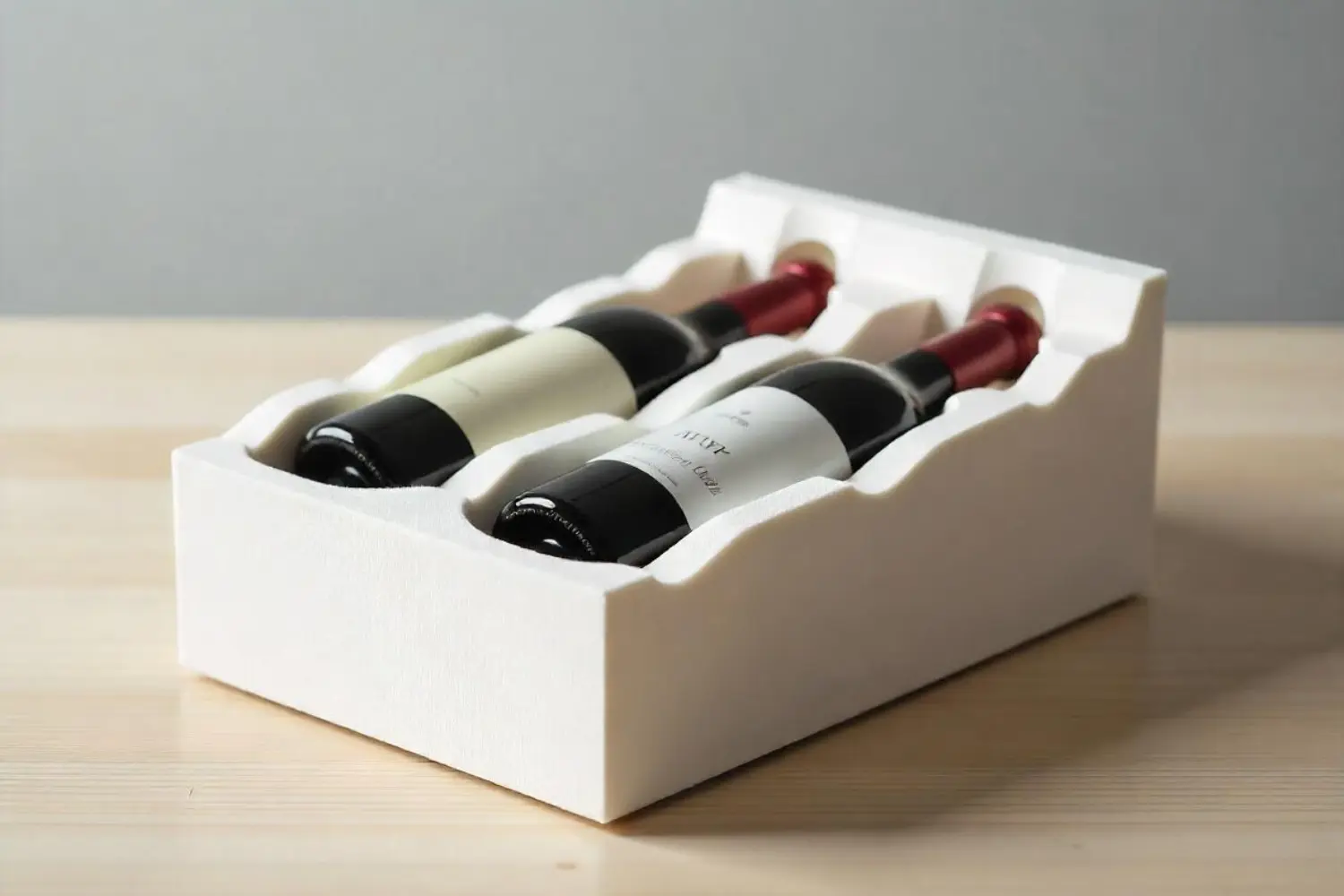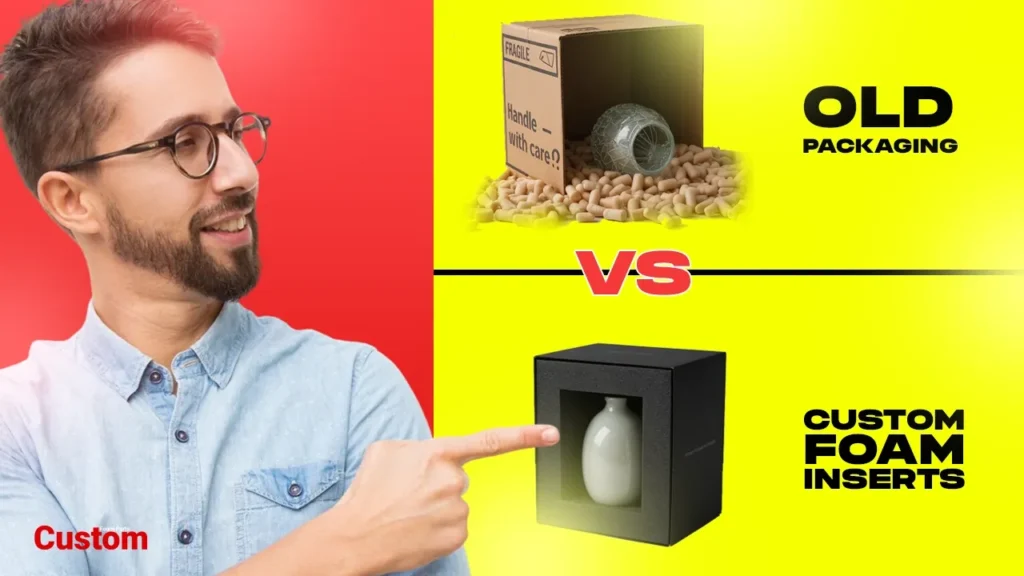When comparing old packaging methods to custom foam inserts, the answer is clear: custom foam inserts provide unmatched protection, efficiency, branding, and environmental advantages. Traditional methods like bubble wrap, paper fillers, or molded pulp once dominated the packaging industry, but today’s demands for precision, sustainability, and aesthetics require smarter solutions.
At Custom Foam Parts, we engineer tailored foam packaging that safeguards your products and reinforces your brand identity. In this article, we explore why the shift from outdated packaging to custom foam inserts is not just a trend—it’s a necessity.
What Is Traditional Packaging and Why Did It Dominate for So Long?
Traditional or “old” packaging refers to general-purpose materials used across a variety of products without being product-specific. Common traditional packaging methods include:
These methods were popular for decades due to their low upfront cost, ease of sourcing, and basic ability to reduce breakage . However, these same advantages became their limitations as customer expectations and shipping environments evolved.
The Downside of One-Size-Fits-All Packaging
- Lack of structural integrity
- Poor presentation
- Excess filler materials
- Increased product movement during transit
- Unsustainable waste generation
As eCommerce, tech, and high-value sectors expanded, traditional packaging began to fail under the pressure of precision, fragility, and aesthetic expectations.

What Are Custom Foam Inserts and Why Are They a Superior Alternative?
Custom foam inserts are foam pieces cut or molded specifically to fit the shape and dimensions of your product. Custom foam inserts are typically made from materials like:

- Polyethylene (PE) – rigid and impact-resistant
- Polyurethane (PU) – soft and cushioning
- EVA Foam – dense and aesthetic
- Cross-linked foams – chemically resistant and smooth
- Anti-static foam – ideal for electronics
These inserts are engineered using CAD software and CNC routers or waterjet cutters to produce precision fitments that cradle your product securely.
What Makes Custom Foam Inserts Superior?
- Designed per product specifications
- Secure hold prevents damage during transit
- Clean, branded, and professional presentation
- Adaptable for multiple components in a single case
- Reusable and recyclable (depending on foam type)
Packaging Performance Comparison: Traditional vs. Foam Inserts
Let’s break down key performance areas where custom foam inserts outperform traditional methods:
| Category | Old Packaging | Custom Foam Inserts |
|---|---|---|
| Product Protection | Generic cushioning, shifting risks | Tailored fit, secure hold, shock absorption |
| Branding & Presentation | Unprofessional, inconsistent | Clean, branded, high-end appearance |
| Shipping Efficiency | Bulky boxes, filler waste | Compact sizing, lower dimensional weight |
| Sustainability | Excess materials, low recyclability | Reusable options, recyclable foam |
| Cost Over Time | Higher damage returns and waste | Fewer damages, reduced waste, better ROI |
Customization and Design Flexibility
One of the most valuable features of custom foam inserts is the level of customization available. Unlike one-size-fits-all packaging, foam can be engineered with:
- Cut-outs for cables, tools, or product accessories
- Multi-layered designs to hold kits or sets
- Branding elements like logos etched into the foam
- Color options that align with corporate branding
- Anti-static or temperature-resistant foams
At Custom Foam Parts, our design team uses CAD modeling to ensure that every insert matches your exact product dimensions, even accounting for variable tolerances or surface contours.

The Rise of eCommerce and the Unboxing Effect
Today, packaging isn’t just a way to ship your product—it’s part of the marketing experience. The rise of social media unboxings has turned packaging into a consumer touchpoint.
Problems with Old Packaging in eCommerce
- Unimpressive first impressions
- Messy and hard-to-dispose-of materials
- Inconsistent packaging experience
Benefits of Foam Inserts in Unboxing:
- Neat, tidy, luxurious appearance
- Enhanced perceived value
- Easy to remove and recycle
- Memorable experience that encourages repeat purchases
Custom Foam Parts often works with luxury brands, tech startups, and high-end B2B clients who want to ensure every package delights the end user.
Industry-Specific Applications of Custom Foam Inserts
Custom foam packaging isn’t limited to one industry—it serves a diverse range of markets:
Electronics and Technology
- Anti-static foam protects PCBs and microchips
- Dense foam absorbs shocks during international transit
Medical and Laboratory Equipment
- High-precision slots for instruments and kits
- Sterile-grade foams for sensitive products
Retail and Luxury Goods
- Branded inserts to hold watches, perfumes, jewelry
- Dual-layer foam for product and accessories
Aerospace and Automotive
- Multi-part kits packaged with layered support
- Foam resists temperature and vibration extremes
Environmental Impact: A Fresh Look at Foam
Contrary to common perception, modern foam packaging can be eco-friendly. At Custom Foam Parts, we source and design foam with the environment in mind:
- Recyclable foam options such as PE and PU
- Reusable packaging solutions for returns or bulk shipments
- Efficient production that minimizes offcuts and waste
Compared to old methods that require a large amount of filler, foam inserts offer a streamlined packaging footprint, lowering your carbon emissions from manufacturing, shipping, and disposal.
Cost Benefits of Switching to Custom Foam
Let’s talk numbers—because superior protection is just the start.
Cost Advantages of Foam Inserts:
- Reduced product returns due to damage
- Lower packaging material use per shipment
- Minimized labor time in packing
- Reduced shipping weight by eliminating excessive filler
- Improved customer satisfaction = fewer refunds and disputes
Over the course of 6–12 months, companies that switch to custom foam inserts report cost reductions of up to 30% in packaging operations.
Why Brands Are Making the Switch
You don’t need to be a Fortune 500 company to use custom foam packaging. Small businesses and startups are increasingly turning to foam inserts because:
- They improve perceived value
- They reinforce brand consistency
- They scale efficiently as businesses grow
Whether you’re shipping 50 units or 50,000, Custom Foam Parts can tailor a scalable solution to suit your exact needs.
Final Thoughts
Old packaging methods were never designed for today’s global logistics, tech products, or customer expectations. Continuing to rely on generic packaging puts your brand at risk—of damaged goods, customer dissatisfaction, and higher operational costs. Custom foam inserts are the future of smart, sustainable, and brand-forward packaging. With the right design, material, and partner, your packaging can become a competitive advantage.
At Custom Foam Parts, we don’t just sell foam—we engineer packaging solutions that protect your products, support your logistics, and elevate your brand.
Frequently Asked Questions
Are custom foam inserts only for expensive items?
Not at all. While they’re common in luxury and high-tech markets, even mid-range consumer goods benefit from better protection, reduced damage, and improved presentation.
How long does it take to create custom foam inserts?
Design and prototyping can take a few days to a couple of weeks, depending on complexity. Once approved, production runs can be completed quickly and delivered on schedule.
Can I use foam inserts in environmentally regulated industries?
Yes. We offer foams that comply with environmental regulations, including RoHS and REACH, and can provide documentation for specific industry standards.
How do I start with Custom Foam Parts?
Simply send us your product dimensions, design files, or packaging goals. We’ll create a digital prototype and walk you through revisions before production.

